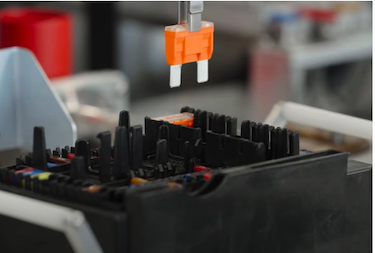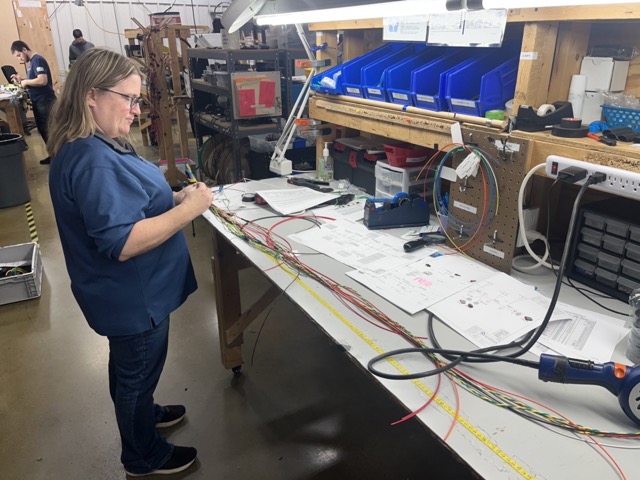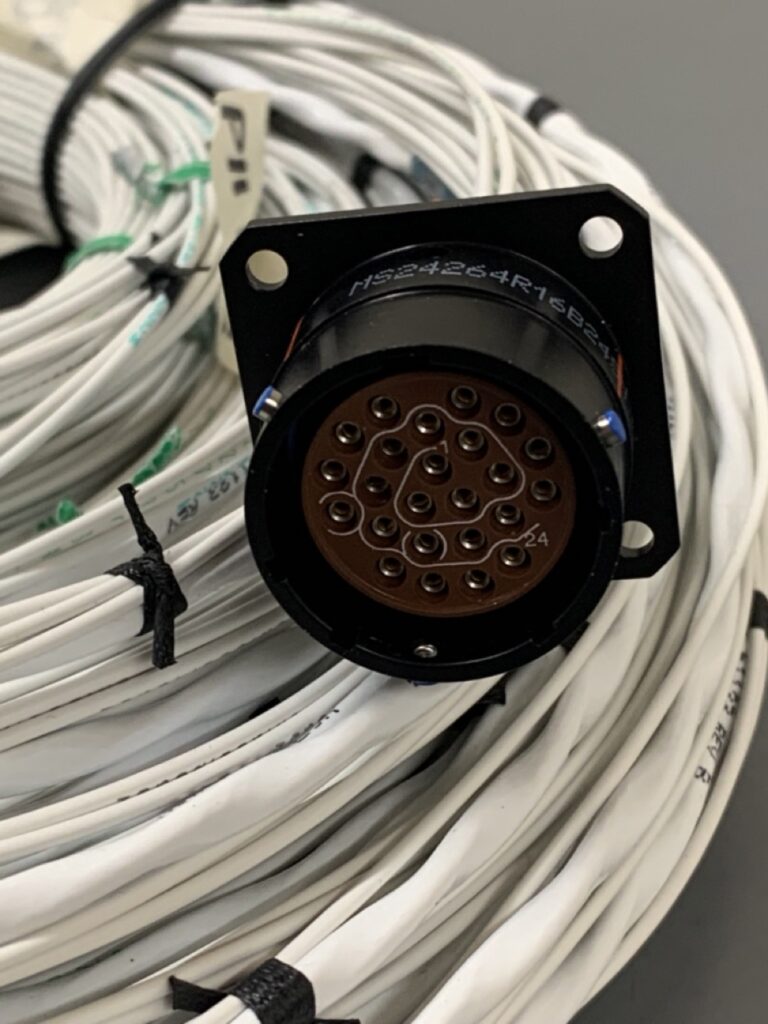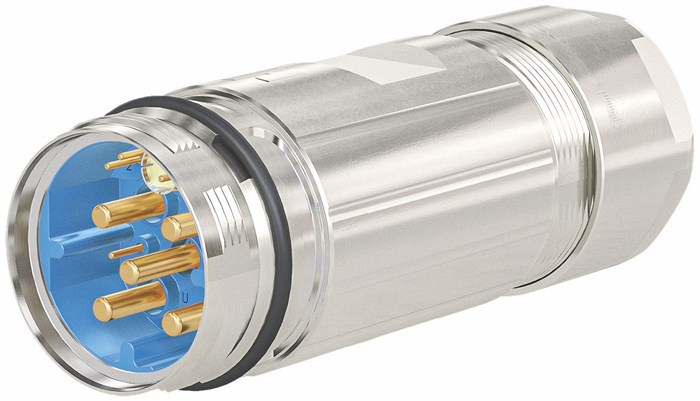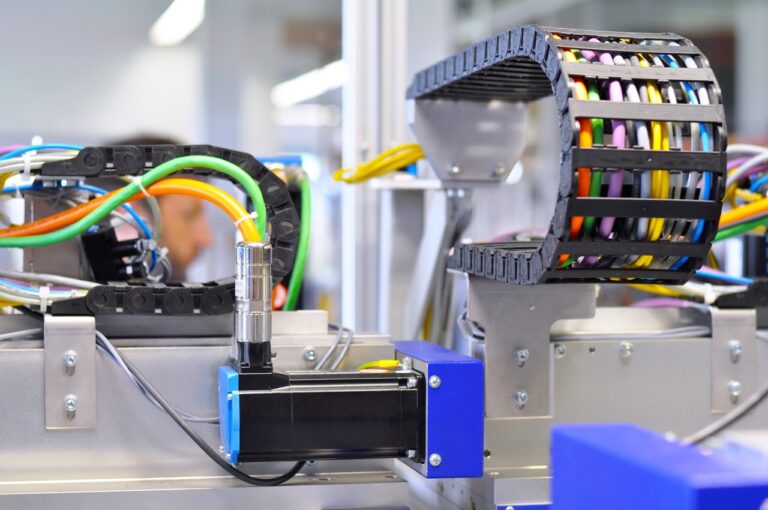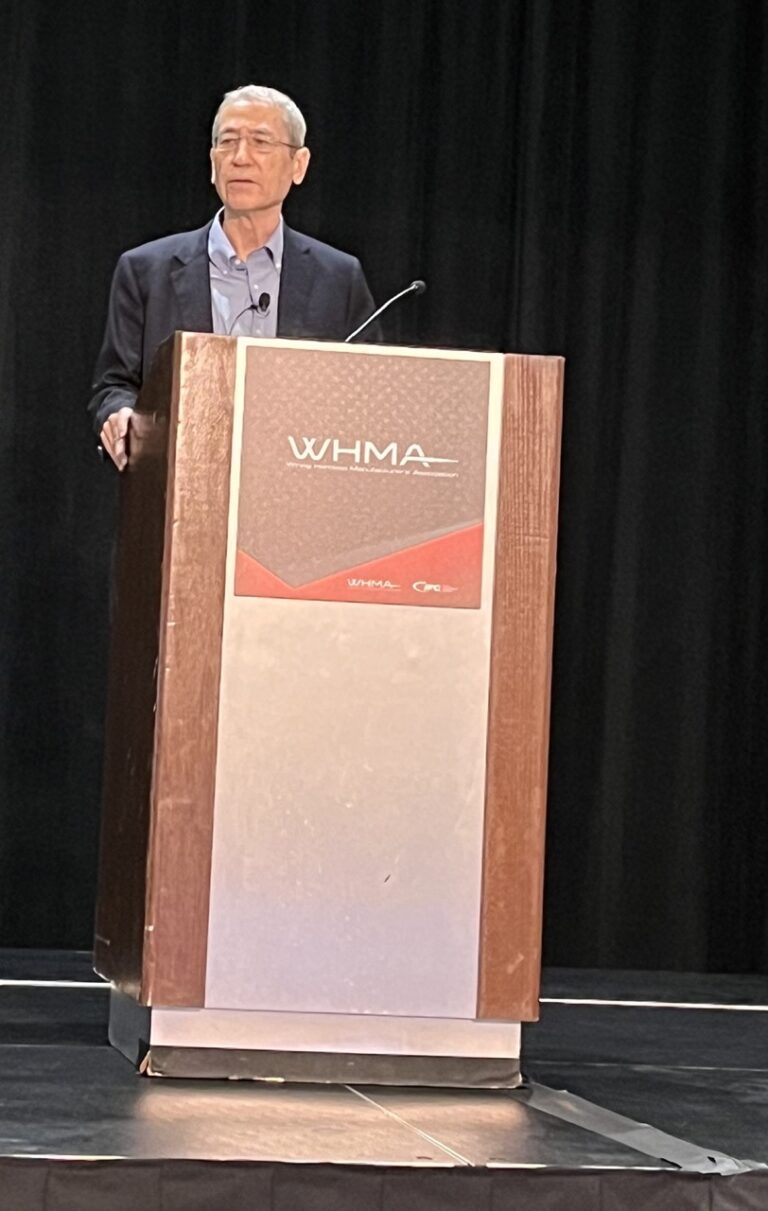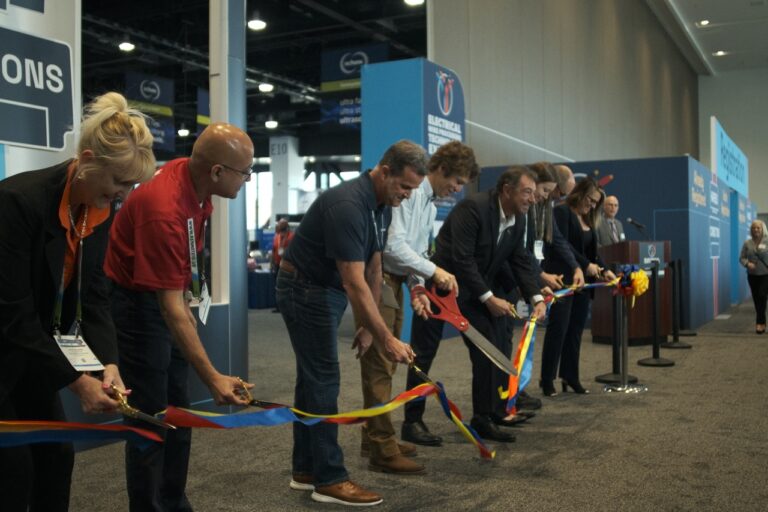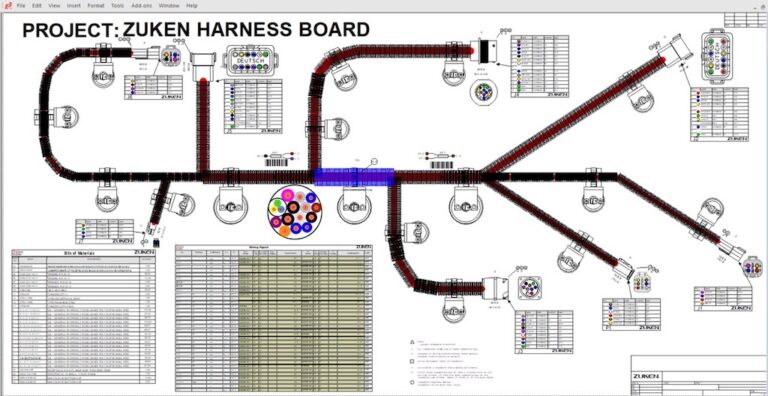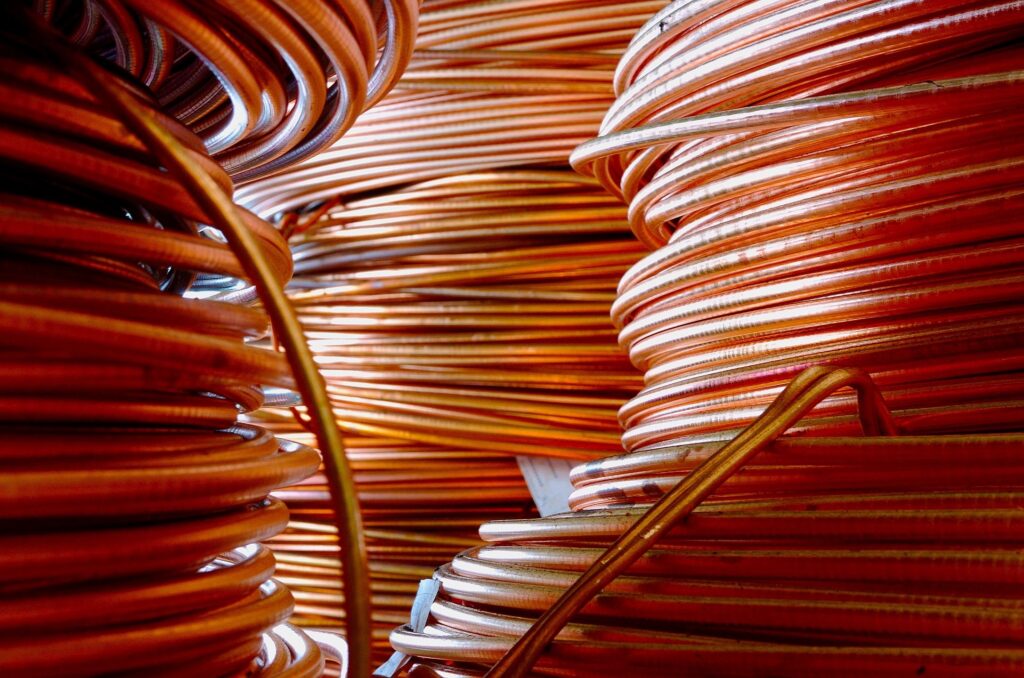WIRE STRIPPABILITY
The ease with which a slug of insulation can be cleanly stripped from an insulated
copper or aluminum wire is a charac- teristic that can impact the efficiency of the stripping process as well as the quality of the termination.Wire strip- pability is often taken for granted, but it quickly becomes a major concern if difficulties arise—especially with high-volume production.The charac- teristics of wire and automated strip- ping equipment interact in subtle and complex ways. As a result, trou- bleshooting can be difficult and time- consuming. Below is an overview of some of the key characteristics that influence wire strippability.
STRIP FORCE
The strip force of an insulated wire is the axial force required to remove a given length of insulation from a conductor in preparation for termination. The amount of friction or adhesion between the insulation and the copper conductor must be low enough for the slug to be eas- ily and cleanly removed, yet high enough so the remaining insulation does not slide during stripping or during subsequent processing. Indus-
try standards provide test methods to measure this force.
A typical strip force measurement method consists of the preparation of a sample of wire with a short length of insulation removed from one end of the wire while leaving a precise length of insulation undis- turbed.The end of the wire is then in- serted through a hole in a metal plate that is slightly larger than the copper conductor. The remaining length of insulation is pulled from the conduc- tor by pulling the conductor through the metal plate using a tensile testing machine pulling at a specified rate. The maximum force reached during stripping is measured and recorded.
The strip force of a wire varies with length of slug, wire size, insula- tion type, type of stranding and oth- er variables, but it is typically in the range of 5 to 25 pounds (22 N to 111 N). Wire manufacturers can control strip force within reasonable limits by careful control of conditions dur- ing extrusion of the insulation includ- ing conductor surface cleanliness and texture, conductor preheat, extrusion temperature, extrusion pressure, ex- trusion tooling and cooling rate.
CUT-THROUGH RESISTANCE
The cut-through resistance of wire insulation must be high enough to withstand the mechanical forces of installation and usage and to comply with industry standards.At the same time, it must be low enough to per- mit the knives of a stripping machine to reliably cut the material. PE (poly- ethylene) and XLPE (cross-linked polyethylene) are common materi- als with relatively high cut-through resistance, while EPR (ethylene pro- pylene rubber), silicone and polyure- thane have relatively low cutthrough resistance. PVC (polyvinyl chloride) typically has a cut-through resistance somewhere between these two ex- tremes. The knives of the stripping equipment must, of course, be sharp enough to cut cleanly through the insulation or jacket and must also be properly adjusted so the insulation is cut all the way through without nick- ing the copper or aluminum conduc- tor.
CRUSH RESISTANCE
As with cut-through resistance,the crush resistance of wire insulation must be high enough to withstand installation and in-service mechani- cal forces and to comply with indus- try standards.The crush resistance of
a wire must also be high enough to withstand the force applied by the grip of automated stripping equip- ment. This force is often adjustable and must be set high enough to pre- vent slippage as the insulation slug is pulled from the conductor, but it must be low enough to not damage the wire insulation.The crush resis- tance of a wire depends primarily on the type of insulation, but conductor material and stranding also has an ef- fect.Wires with finely stranded con- ductors typically have better crush resistance than solid or coarsely stranded conductors because the conductor strands will compress.
INSULATION HARDNESS
Insulation hardness can also affect strippability. Soft, rubbery insulations such as EPR, silicone or CSPE (chloro- sulfonated polyethylene) can buckle and thus bind as they are being pulled from the conductor if adhesion to the conductor is too high, especially if the strip length is long.This phenom- enon is seldom an issue with harder polymers such as PE, XLPE and FEP (fluorinated ethylene propylene). Polymer hardness is often measured and reported using a method called durometer hardness testing.




























